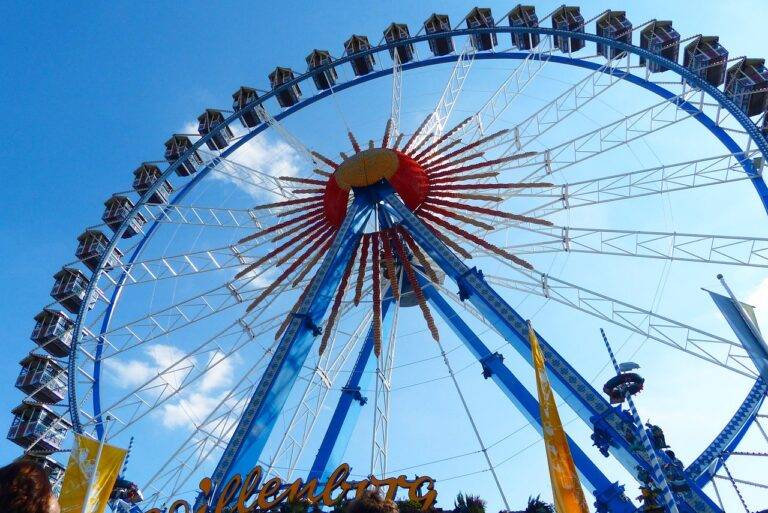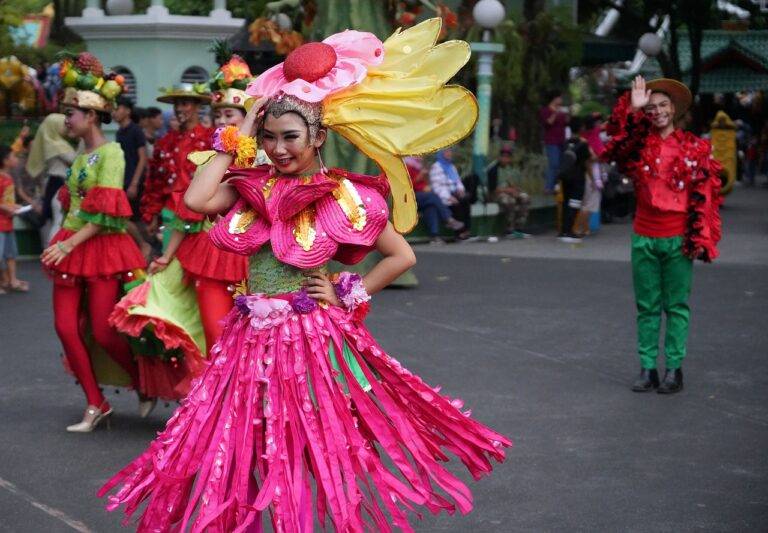The Impact of Diversity in Animation: Representation and Empowerment
Diverse characters in animation play a crucial role in shaping societal perceptions and providing representation to individuals from all walks of life. By showcasing a range of ethnicities, cultures, genders, and abilities in animated films, creators have the power to break stereotypes and foster inclusivity. When audiences see characters that reflect the world’s diversity, they feel seen, validated, and empowered.
Moreover, diverse characters in animation have the ability to introduce viewers to new perspectives and experiences, broadening their understanding of the world around them. By including characters with unique backgrounds and identities, animators can spark important conversations about tolerance, acceptance, and empathy. When done authentically and respectfully, diverse representation in animation can bridge gaps, foster unity, and inspire positive social change.
The Evolution of Representation in Animated Films
Animated films have come a long way in terms of representation over the years. In the past, many animated characters were often depicted as stereotypical or one-dimensional, lacking depth and diversity. However, in recent years, there has been a notable shift towards more inclusive and authentic portrayals of characters from various backgrounds and identities.
This evolution in representation is crucial as it allows viewers, especially children, to see themselves reflected on screen and feel a sense of belonging and acceptance. By featuring diverse characters in animated films, creators not only broaden the range of stories that can be told but also challenge stereotypes and promote empathy and understanding among audiences.
Why is it important to have diverse characters in animated films?
Having diverse characters in animated films is important because it allows for representation of different cultures, backgrounds, and perspectives. This helps to create a more inclusive and relatable experience for audiences of all ages.
How has representation in animated films evolved over the years?
Representation in animated films has evolved significantly over the years, with more diverse characters being introduced and given meaningful roles. There is a growing recognition of the importance of representing a wide range of identities and experiences on screen.
What impact does representation in animated films have on viewers?
Representation in animated films can have a significant impact on viewers, especially on those who see themselves reflected in the characters on screen. It can help to promote empathy, understanding, and acceptance of diversity among audiences.
Are there any challenges in creating diverse characters in animated films?
Yes, there can be challenges in creating diverse characters in animated films, such as ensuring that they are portrayed authentically and avoiding stereotypes. It is important for creators to do thorough research and consult with diverse communities to accurately represent different identities.





